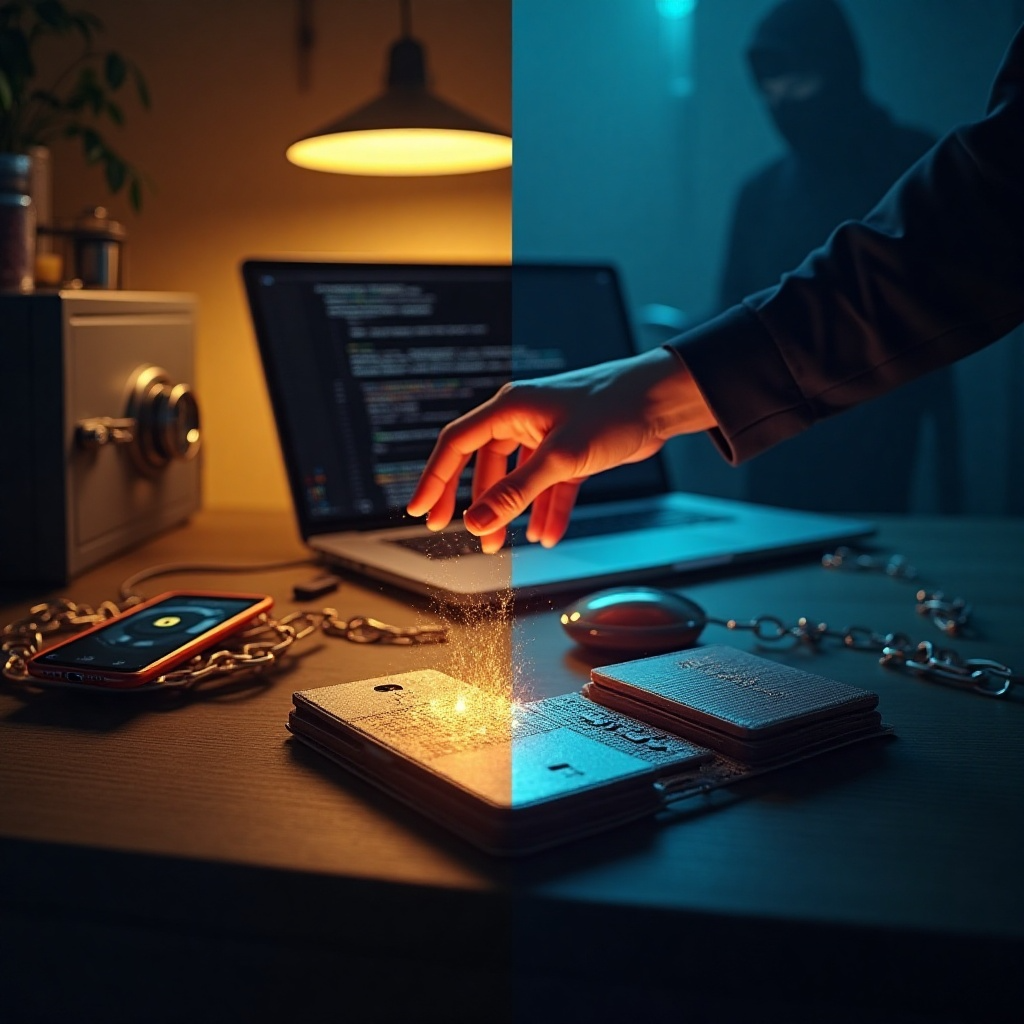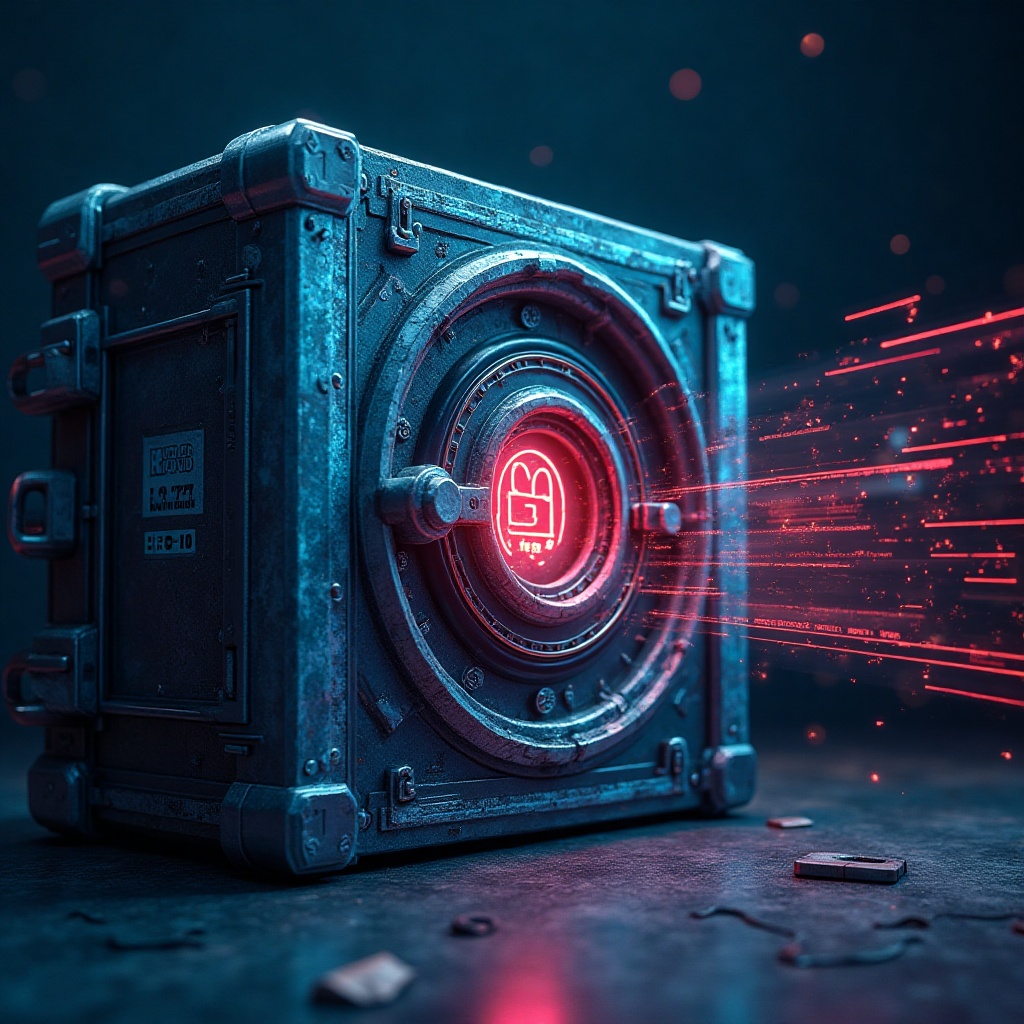The Urgency of Protecting NFT Art
Your digital art is vulnerable the moment you share it online. In 2023, OpenSea reported over 30,000 takedown requests for plagiarized or stolen NFTs—a 50% spike from 2022. The Hermès vs. MetaBirkins case exemplifies the stakes: Artist Mason Rothschild created NFT versions of Hermès’ Birkin bags, arguing satire. The court ruled it trademark infringement, awarding Hermès $133,000 in damages. This set a precedent—decentralized art isn’t a legal free-for-all.
Your work isn’t just pixels; it’s your livelihood. Imagine discovering 27 unauthorized copies of your art on a platform, forcing weeks of takedown filings instead of creating. The NFT space thrives on innovation, but predators exploit gaps. You’re not just an artist—you’re a business, and your IP is your most valuable asset.
Understanding Copyright Basics for NFT Creators
Owning an NFT ≠ owning copyright. Buyers own a token linked to the artwork—not rights to reproduce, adapt, or profit from it commercially. In the U.S., copyright is automatic upon creation, but registration with the U.S. Copyright Office (45−45−125 fee) grants legal teeth (e.g., statutory damages in lawsuits). The EU offers automatic protection across member states, but enforcement varies: Germany enforces “moral rights,” while France penalizes commercial infringement harshly. Japan’s 2020 Copyright Act includes digital assets but requires registration.
The “First Sale Doctrine” (letting physical art buyers resell works) doesn’t apply to NFTs. Buyers can resell tokens but not rights to print or license the art. Clarify terms in your NFT description: “Buyer receives no commercial rights.” Jurisdictional conflicts (e.g., Brazil vs. Singapore) remain unresolved—register your work in your audience’s regions for added protection.
Pre-Minting Protection Strategies
Copyright Registration: Register single works (45)orcollections(45)orcollections(65) via the U.S. Copyright Office. Expedite for $800 if litigation looms. Unregistered works limit damages to infringer profits, often negligible.
Embed Proof of Authorship: Use Verisart for blockchain-certified timestamps or encrypt metadata (e.g., Adobe Bridge) with your name and copyright disclaimer. Store originals on Arweave or IPFS for immutable timestamps.
Draft Licensing Terms: Specify restrictions in NFT descriptions (e.g., “Commercial use prohibited without consent”). Platforms like Manifold.xyz let you attach on-chain licenses.
Choosing Secure NFT Marketplaces
- OpenSea: Largest but riskiest; 1 in 5 new collections had copied art in 2023.
- SuperRare/Foundation: Vetted, 1/1 NFTs; higher fees (15%) but lower plagiarism risk.
- Rarible: Enforces “NFT Bill of Rights” and 24-hour DMCA takedowns.
Avoid platforms with anonymous teams, no DMCA process, or ultra-low fees.
Detecting and Responding to Infringement
Monitor: Use Google Lens, TinEye, or Etherscan to track mints.
DMCA Takedowns: On OpenSea, report via the NFT’s three-dot menu. Escalate with a demand letter:
“Cease sales and transfer NFT to [Your Wallet] within 48 hours. Failure complies incurs litigation.”
Sue: Small claims court (e.g., 10kwins)costs 10kwins)costs 75. Federal court for larger damages (200k+)butrequires200k+)butrequires20k+ fees.
Licensing & Royalties: Smart Contract Best Practices
Code Royalties: Use Ethereum’s EIP-2981 standard to hardcode percentages (e.g., 10%). Platforms like Zora enforce this.
License Types:
- CC0: Waive all rights (e.g., Nouns DAO).
- Restricted: Limit buyers to personal use; attach PDF licenses via IPFS.
Avoid royalty-agnostic platforms like Sudoswap.
Legal Recourse: Working with Lawyers
Document Everything: Timestamps, registrations, takedown logs.
Hire Lawyers: U.S. rates range from 250−250−1,000/hour. Flat-fee consultations (150−150−300) help assess cases. Pro bono aid exists via Volunteer Lawyers for the Arts.
Small Claims Court: No lawyer needed. Illustrator Devon Hacker won in 20 minutes using Arweave timestamps.
Future-Proofing Your Art: Emerging Trends
Decentralized ID (DID): Use Spruce ID or ENS domains to verify authenticity.
AI Tools: Opticks scans blockchains for color-swapped copies.
Regulations: The EU’s 2024 Data Act may require smart contract kill switches.
Fractionalized Enforcement: DAOs like MUSE0 pool resources for lawsuits.
Stay Vigilant, Stay Empowered
- Register copyrights.
- Choose platforms wisely.
- Monitor relentlessly.
Join communities like NFT Artists Coalition. Demand platform transparency. Evolve with trends via NFT Now or Decrypt.





